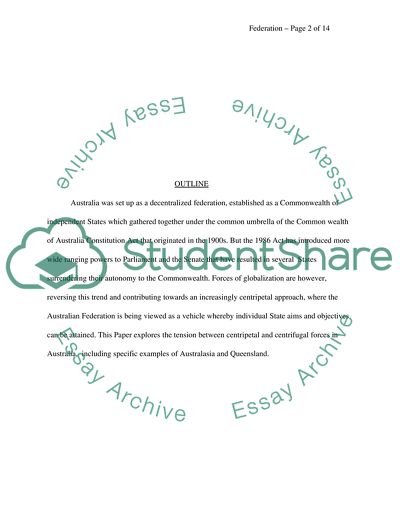Cite this document
(“The Tension between Centripetal and Centrifugal Forces in Australia Essay”, n.d.)
The Tension between Centripetal and Centrifugal Forces in Australia Essay. Retrieved from https://studentshare.org/law/1702809-constitutional-law
The Tension between Centripetal and Centrifugal Forces in Australia Essay. Retrieved from https://studentshare.org/law/1702809-constitutional-law
(The Tension Between Centripetal and Centrifugal Forces in Australia Essay)
The Tension Between Centripetal and Centrifugal Forces in Australia Essay. https://studentshare.org/law/1702809-constitutional-law.
The Tension Between Centripetal and Centrifugal Forces in Australia Essay. https://studentshare.org/law/1702809-constitutional-law.
“The Tension Between Centripetal and Centrifugal Forces in Australia Essay”, n.d. https://studentshare.org/law/1702809-constitutional-law.


